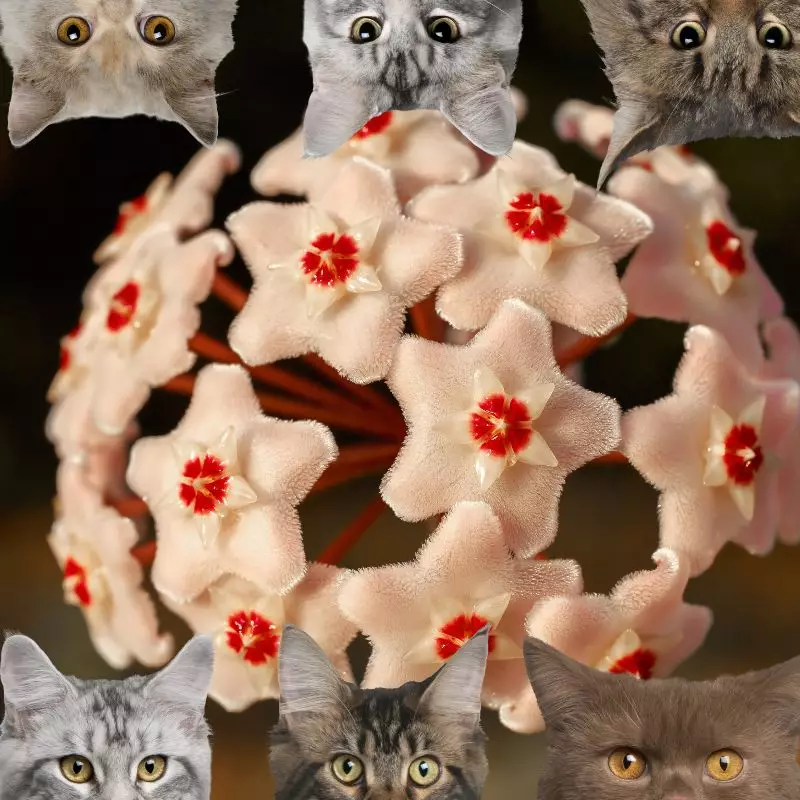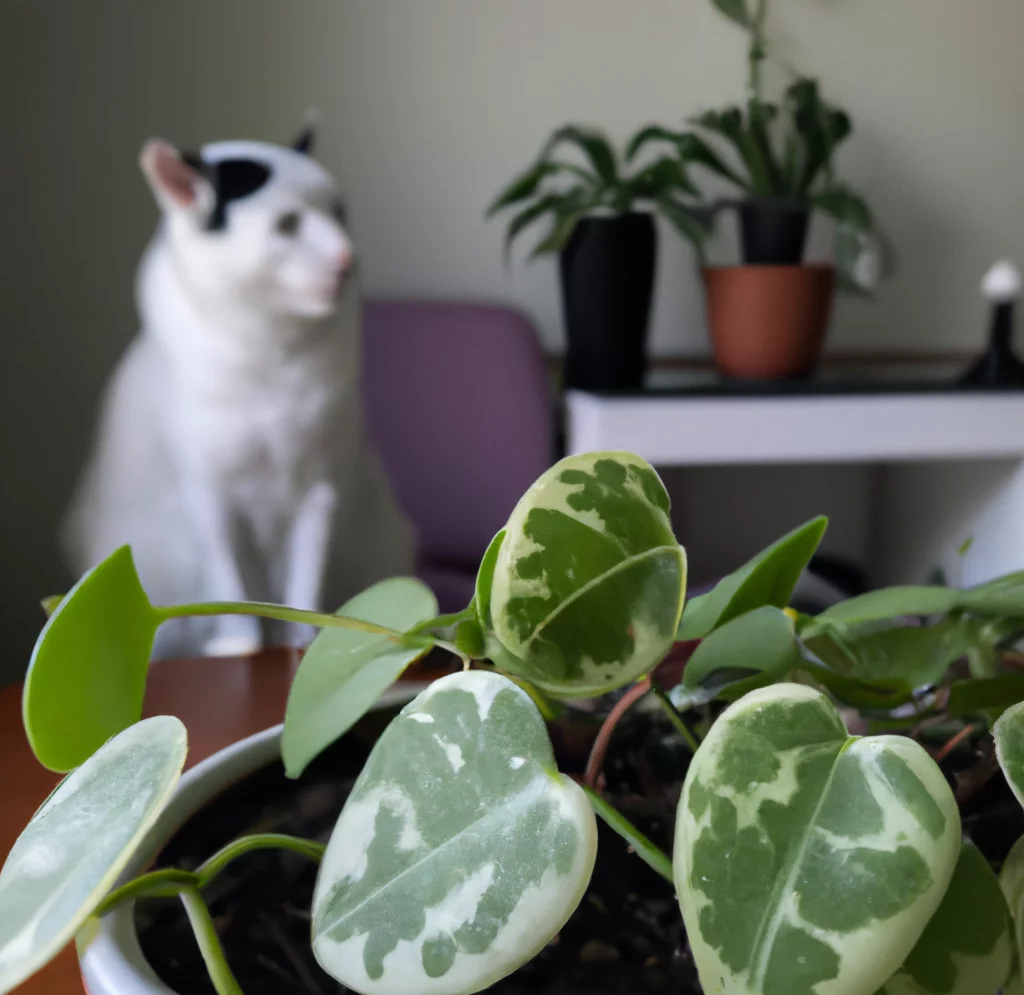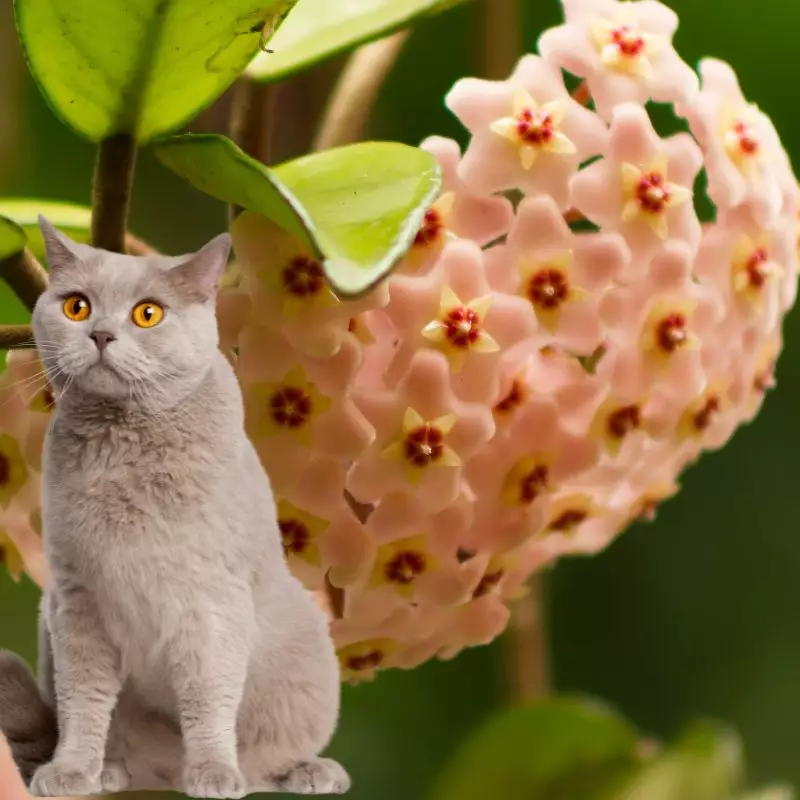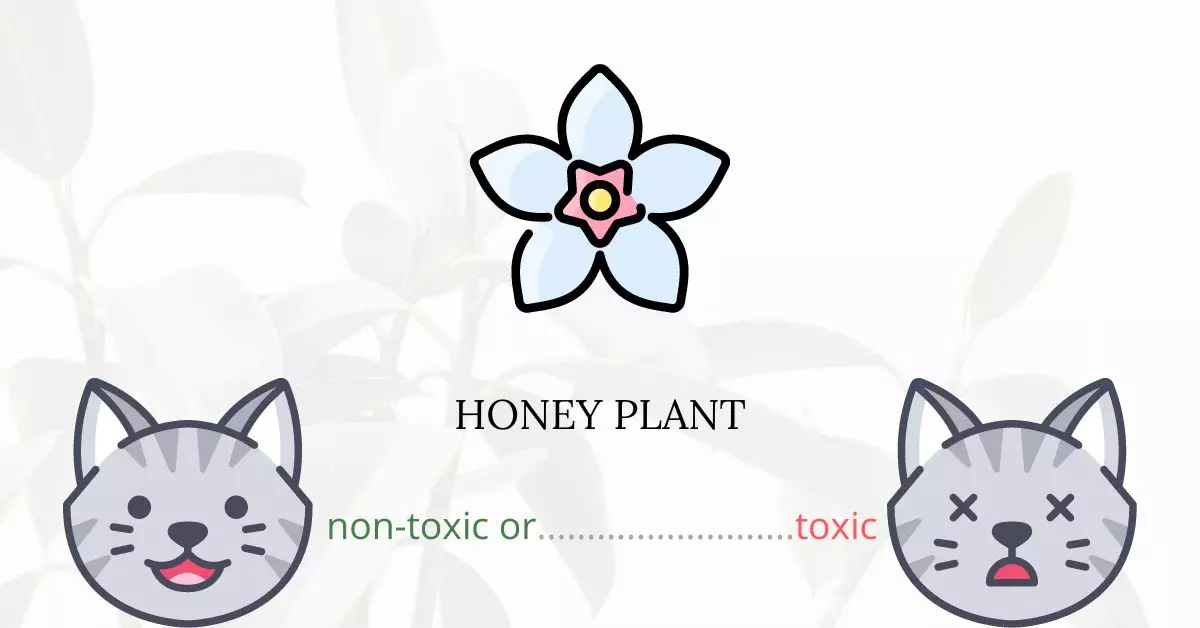Honey plant, commonly referred to as the wax plant, is not toxic to cats.
This article was crafted in close collaboration with a team of experienced DVMs (doctors of veterinary medicine). Drawing from their vast knowledge, we bring you accurate and up-to-date information on the potential risks associated with various plants, focusing on the Honey Plant in this context. In addition to expert consultations, we have extensively researched authoritative websites such as the ASPCA and PetMD to ensure comprehensive coverage on every plant.
Notably, the American Society for the Prevention of Cruelty to Animals (ASPCA) confirms that there are no known toxicity or dangers associated with these plants when it comes to feline interactions.
Can Cats Eat Honey Plant?

It’s acceptable to consume a small amount. Honey plants may not be hazardous to cats, but fertilizers and pesticides applied to or around the plant may be. It might potentially cause gastrointestinal obstruction if consumed in large quantities, however as most cats seem to prefer plants with strappy leaves, the honey plant should be avoided.
If your cat is interested in the plant and you have one, think about moving it to a spot the cat can’t get to and bringing in some cat-friendly plants like catnip or cat grass.
What is Honey Plant?

The Honey plant (hoya carnosa) sometimes called wax plant, waxy leaf plant, and porcelain flower plant is a species of hoya plant. Although it is native to Australia and Eastern Asia, it has long been a favorite houseplant all over the world. Hoya carnosa comes in a wide variety of cultivars. This plant’s most traditional variety is the one most frequently called a “wax plant.”
The plant’s thin, long, curled tendrils bear succulent-like green leaves with light white speckles. Many Hoya species grow as epiphytic climbing vines in their natural habitats, necessitating different maintenance than other species. The Hoya Carnosa is still a tropical plant even though it is versatile and thrives rather well in houses with typical humidity levels. It, therefore, benefits greatly from high humidity levels.
Keeping Cats Away From Honey Plant

The best and simplest solution is to keep the plant out of your cat’s reach. Place the plants in a safe place, such as on shelves that are too high for the cat to leap, on the balcony, or in a spot that cats cannot get.
Plants should be kept in a separate space that cats are not permitted in. On the one hand, having all of the plants that produce oxygen and reduce stress in one area is a wonderful idea.
Those who want to protect their houseplants from their pet cats can benefit from the fact that cats are more sensitive to odors than humans are. An additional method is to make a plant spray for cats by mixing essential oils and using vinegar, citrus, or citronella cat repellent.
Plants to Avoid For Your Cats
If you are a cat owner and unsure if the plants growing in your yard are harmful to your cats, check out this list of toxic plants for cats. You can also check our list of non-toxic plants for cats.





